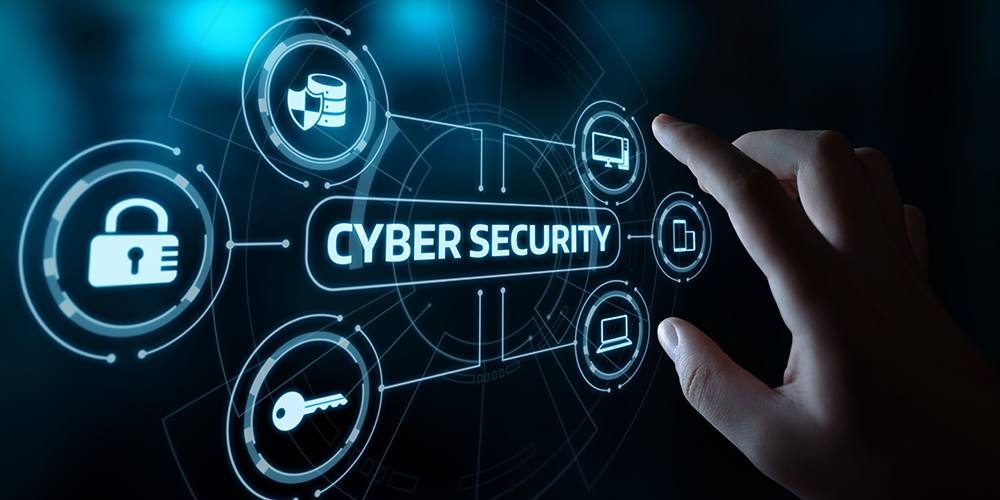
Nov 15, 2020 | SMB Technology, SMB Technology, SMB Technology, SMB Technology, Technology News
What a year it’s been! With the pandemic pushing rapid changes in how businesses operate (e.g., more remote workers), a company’s IT infrastructure and applications need to be nimble, responsive and secure in the face of increasing demand for digital transformation. Read on to learn more about trends associated with this shift. How the Pandemic Impacts Your Technology Investment Companies have been forced to move quickly this year. The ongoing pandemic has both required a shift to increasing digitalization, and shown the companies that have shifted that it’s possible to be resilient in a crisis. This event has shown the need for agility and responsiveness, and has helped companies refine approaches to doing business digitally. According to an IDC report, 65% of global GDP is expected to become digitized in the next few years, with $6.8 billion of IT spending allocated to the endeavor. The pandemic has not kept digital growth from happening, but rather has accelerated it. Many companies are expected to put in place a mechanism for shifting their infrastructure to the cloud by late next year. Edge computing, wherein the data is processed close to the people who need to use it, is driven by changes that the pandemic has brought, including a growing remote work force. Moving to the Cloud and digitizing operations will give businesses the security, responsiveness and agility they need to remain competitive. Resilient and Adaptable Technology is Key to Success Let’s face it, the pandemic has ushered us into a new world. Though there may be growing pains, not all changes are adverse. Companies that have adapted...

Nov 9, 2020 | SMB Technology, SMB Technology, SMB Technology, SMB Technology, Technology News
This extraordinary year, with its rapid shift toward remote work force, has brought about changes in the cybersecurity landscape. With the security perimeter widened by use of devices outside the office, businesses are using the cloud more than before. According to a recent CompTIA research report on the state of cybersecurity, 60% of respondents were taking a more formal approach to risk management and threat intelligence; however, there’s always room for growth. Read on to learn how 2020 events have changed approaches toward cybersecurity. Acceleration of Cloud Computing One trend in the report is the acceleration of the use of cloud computing. With so many employees working remotely, companies have, at the very least, sent their employees home to work and hurrying to secure day-to-day operations. With this increased use of cloud computing, keeping an eye on the threat landscape is still vital. Cyber attacks have increased, including “phishing,” and are now considered inevitable. The question is how companies will respond. Cybersecurity the Responsibility of the Entire Organization Cybersecurity is no longer merely the responsibility of the IT department. From the newest employee to the board of directors, everyone has a responsibility to help protect data and systems. The executives and board can map out the plan for cybersecurity, beginning with assessing current risks to data and systems. Every employee can be trained in how to handle cyber attacks, and how to prevent them from occurring. Upper management can set the tone, creating a culture of cybersecurity. Formalization of Cybersecurity Practices Along with the increased momentum of cybersecurity adoption, the approach is becoming formalized....




